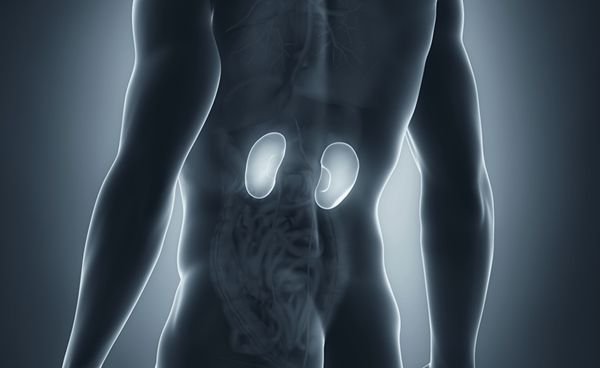From the January 2014 issue of Emergency Medicine Practice, “An Evidence-Based Approach To The Emergency Department Management of Acute Urinary Retention In Men And Women.” Reprinted with permission. To access your EMRA member benefit of free online access to all EM Practice, Pediatric EM Practice, and EM Practice Guidelines Update issues, go to www.ebmedicine.net/emra, call 1-800-249-5770, or send e-mail to ebm@ebmedicine.net.
- “My female patient was having difficulty urinating, so I assumed that it was a UTI and omitted the pelvic exam.”
A thorough pelvic examination is important in ruling out uterine prolapse or other organ obstruction as a cause of acute urinary retention in women. - “I treated a patient in the ED for acute urinary retention and removed his Foley prior to his discharge, but he is back again today!”
Up to 70% of men with acute urinary retention due to benign prostatic hypertrophy will have recurrence if the bladder is drained only during the ED visit and the catheter is removed prior to discharge. - “I went to place a suprapubic catheter in my patient and aspirated air.”
Remember the potential bad outcomes involved with a misplaced suprapubic catheter and the importance of using ultrasound during placement and for confirmation of successful Foley, Coude, and suprapubic catheter insertion. - “The nurse kept telling me that the patient had severe low back pain. It was busy in the ED, so I gave him two Percocet tabs and 4 mg of IV morphine before I assessed him. It turned out all that he needed was bladder decompression.”
Urgent bladder decompression is the definitive treatment for acute urinary retention, and it treats pain and saves money on unnecessary testing. Also, treating the patient's pain acts to improve his ED experience. - “The resuscitation was busy, and I couldn't find saline, so I injected air into the Foley balloon. Now it doesn't work.”
Injecting air into the Foley balloon may cause it to sit inappropriately within the bladder, interfering with its function. - “I placed a Foley in an elderly man with acute urinary retention and discharged him home. Now he has returned with paraphimosis.”
Remember to reduce the foreskin in uncircumcised patients, as it may cause paraphimosis. - “I did a CT scan on a patient with abdominal pain. It showed a markedly full, distended bladder. Maybe I should have done an ultrasound first.”
A thorough history and physical examination is needed to differentiate acute urinary retention as a cause of abdominal distension and pain, and bedside ultrasound may be used to confirm the diagnosis instead of other costly diagnostic modalities. - “The patient seemed reliable, and I assumed he would follow up at the urology clinic. Little did I know that they didn't have any appointments for three months!”
Remember the importance of prompt urological follow-up and the complications of chronic catheter usage. It is essential to ensure that the patient does actually have follow-up prior to discharge. - “I removed the fluid from the Foley balloon, and now it will not come out.”
There is a risk of balloon cuffing when fluid is removed too quickly from the catheter balloon. Consider instilling 0.5 to 1 mL of water into the balloon to smooth the already-formed cuffs. - “I sent home an elderly patient with tamsulosin and an indwelling catheter, but she came back after passing out at home.”
Though prescribing alpha blockers is recommended, orthostatic hypotension is a common side effect in patients taking these medications. Adequate instruction on the side effects of all medications prescribed must be given to the patient and family. Tamsulosin may be taken at night to reduce the impact of side effects.



